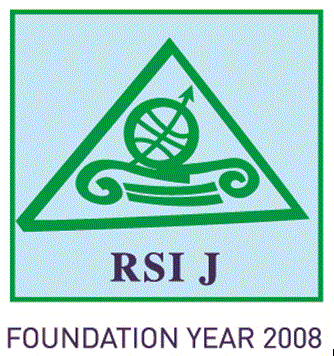Serafeim POLYZOS
Professor, Department of Planning and Regional Development, University of Thessaly, Volos, Greece
spolyzos@uth.gr
Dimitrios TSIOTAS
Assistant Professor, Department of Regional and Economic Development, School of Applied Economics and Social Sciences, Agricultural University of Athens, Amfissa (Phocis), Greece
tsiotas@aua.gr
(Corresponding Author)
Abstract
The European Union (EU) is a unique and challenging project aimed at integrating countries with diverse languages, cultures, and histories. While economic cohesion is a key objective, reducing inequalities between Member States and ensuring balanced development for all citizens remains a significant challenge. Despite the progress made, Europe continues to face considerable geographical and economic disparities, impacting living standards, productive capacity, and technological advancement. Analyzing these inequalities, their determinants, and their mitigating policies is crucial for understanding the EU’s challenges. The allocation of EU financial resources and strategic initiatives, such as the Structural Funds, strive to reduce disparities and promote social cohesion, while also tackling emerging issues such as migration and reliance on public expenditure. This article reviews the root causes of inequalities in Europe, the policies designed to mitigate them, and the future obstacles in achieving a more united and socially just European Union.
Keywords: spatial inequalities, European Union’s enlargements, economic indicators, European growth, cohesion.
JEL classification: O18, R11, I38, D63, F15
pp. 13-36
